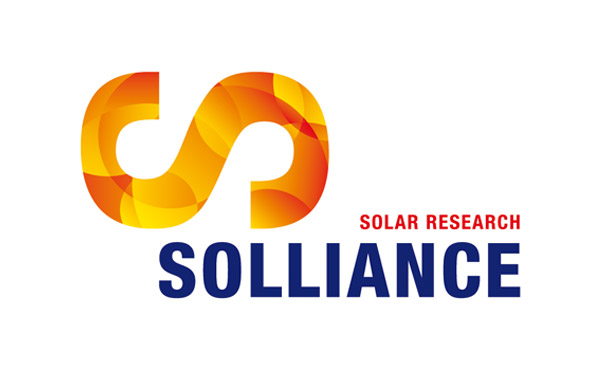Date
12/04/2012
ThyssenKrupp Steel Europe and Solliance (ECN, imec, TNO, Holst Centre, TU/e, Forschungszentrum Jülich) are counting on a highly promising form of power generation: OPVs (organic photovoltaics). OPVs are flexible solar cells made of light-active plastics and can be manufactured by cost-effective processes suitable for large-scale production. They may be less efficient than previous rigid solar cells based on silicon but they are manufacturable in large quantities at low cost and with reduced resource use.

They therefore offer advantages when used on large surfaces, for example, on roofs and facades of industrial buildings, where panels made of organic coated steel are typically used. To develop further this innovative technology, new processes are to be investigated to incorporate OPVs into flat steel products for use in the construction industry. This is the reason why ThyssenKrupp Steel Europe, one of the leading suppliers of coated flat steel products, is joining the Solliance research program on organic photovoltaics. The growing trend in the construction industry is to reduce the amount of energy used by buildings over their lifetime. The aim is to create energy-neutral and energy self-sufficient buildings. One way is to integrate renewable energy generating technologies such as solar cells into the building envelope. In contrast to PV systems fitted to a building afterwards, BIPV (building-integrated photovoltaics) completely merges the building and the power generating functions. The aim is to equip the steel strip that forms the panels with the OPV functionality during production. Integrating OPV into flat steel products brings clear benefits over previous thin film solar cells and could accelerate the trend towards market-ready products. OPV is aesthetically pleasing, design-friendly, and will encourage designers and building owners to adopt low-energy buildings. Integrated OPV could be used on both roofs and facades, giving a much larger generating area and increasing the amount of eco-friendly electricity produced. One step in the production of steel panels is coil coating, in which flat steel strip is coated with paint, film, or a paint and film combination in a continuous process. "We are a leading supplier of coated steel products for construction and at the forefront of efforts to make the steel and construction industries more sustainable. Integrating OPV technology into our roll-to-roll coating processes could help us bring extra value to our construction customers and at the same time make a contribution to active climate protection," says Dr. Bettina Werner, responsible for developing coatings for flat steel products in the Color division of ThyssenKrupp Steel Europe. "We are proud to welcome ThyssenKrupp Steel Europe to the Solliance ecosystem. Having such a world-renowned steel manufacturer onboard highlights the strong market pull for OPVs and helps us focus our research on the needs of end users. This is a key step in our ongoing roadmap to develop high-efficiency, low-cost and highly stable OPV modules for a wide range of applications," said Ronn Andriessen, OPV Program Manager at Solliance. ThyssenKrupp Steel Europe Solliance